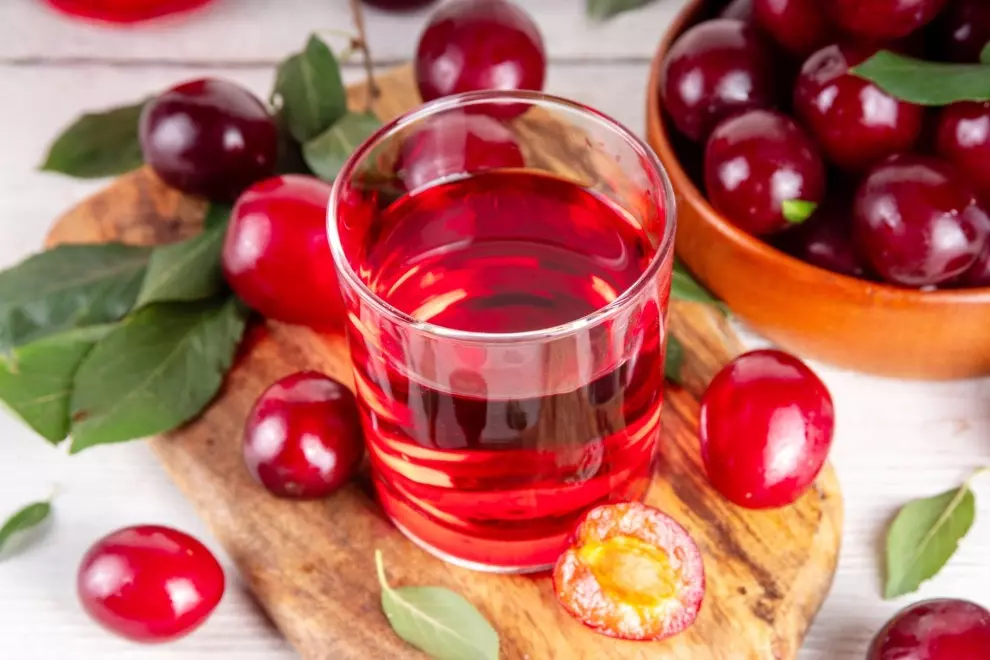Should you drink on a schedule while exercising?
For junior athletes and menopausal women, the answer is yes, it’s safer to drink on a schedule set in advance. Just remember not to exceed 800 ml of fluids per hour. This number should be adjusted depending on the size of the athlete and the surrounding temperature. For all other female athletes who pre-hydrated, who are heat-acclimated and trained, it’s ok to drink to thirst during exercise.
https://www.instagram.com/p/BBT_IWaJVaF/
In general, the ideal hydration sports drink should contain 2 – 4 % of glucose to enhance fluid uptake, and sodium to help the water flow from the intestines into the blood.
Women have a higher risk of “over-drinking”
Exercise-associated water intoxications or hyponatremia (low blood sodium concentration) can cause nausea, headaches, and even loss of consciousness if too severe. It’s more common in women because of their lower body weight and size, excess water ingestion, longer racing times relative to men and, most notably, hormonal fluctuations.
The elevations in plasma progesterone concentrations during the latter phase of the menstrual cycle result in higher sodium losses. The overall amount of water in the body remains the same; it is just kept away from the plasma. With this set-up, a woman who overdrinks plain water or sweetened drinks without sufficient electrolytes runs the risk of becoming hyponatremic, or in other words having low blood sodium concentrate.
How to do it right?
It’s apparent that high hormone levels do impact hydration and that it’s easy to overdo it. The safest strategy is to pre-hydrate and increase sodium intake prior to exercise. You should then continue with about 10 ml (0.34 fl. oz.) per 1 kg (2.2 pound) of body weight each hour during intense training sessions or races. Try out your new hydration strategy in training to be sure it works for you. Hydration is even more important for racing than nutrition. If you make slight mistakes in nutrition, your ability to burn fat stores for energy can help you survive and struggle through, if you get behind on your hydration, there’s no plan B.





